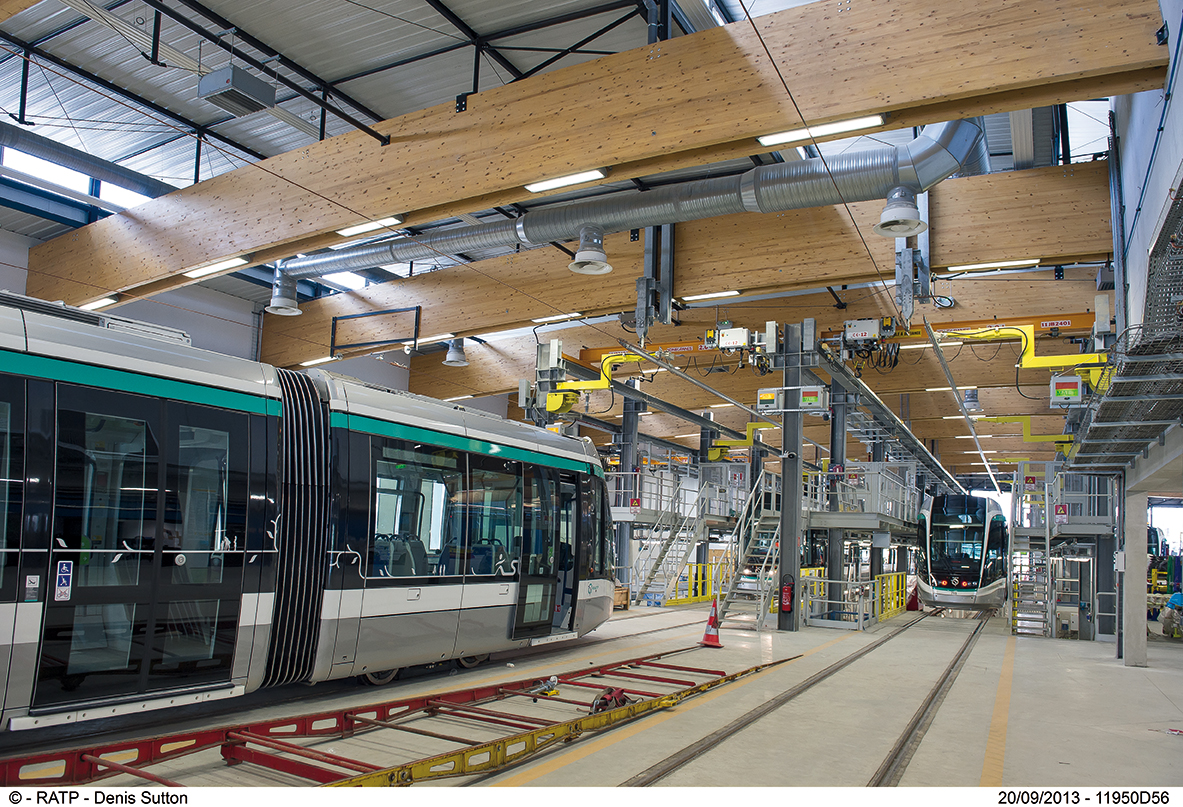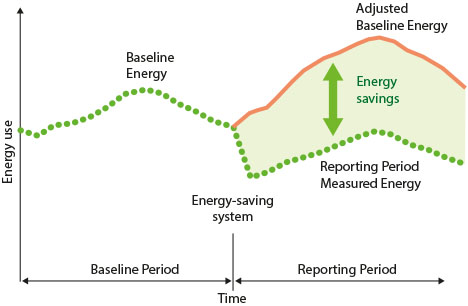In order to manage energy and GHG emissions consistently, it is important to have a good understanding of how equipment works and how much energy it consumes.
Smart metering
‘Smart metering’ refers to the use of meters, which collect energy consumption data and enable the processing of a wide variety of usage statistics. These meters can be used to measure electricity, gas or water consumption and can be integrated in a metering framework, in which they interface remotely. Combined with temperature and humidity data, analysis can prove to be very efficient. Smart meters are similar in size to regular meters and are relatively easy to install.
Energy managers should be aware that they will never be able to measure everything and that there is little benefit in analysing detailed energy use data from sites or equipment with very limited consumption. It is recommended that they determine a threshold level of usage, above which a smart meter would be installed. Portable devices can also be used for specific metering purposes over a limited period of time.
Smart meters offer several benefits if data is monitored and targets are set: lower energy costs (often by a significant amount), no staff costs to read meters, less staff time required to liaise with suppliers over disputes, easy billing of tenants, etc. The installation of smart meters is not very time-consuming but requires an energy manager or building services engineer to plan and manage all replacements, mostly outside of operational hours. Energy consumption data must be analysed using heating-degree-day and cooling-degree-day data obtained from recent, local weather data. Otherwise, comparisons between two periods will be misleading.
These steps should be followed for the installation of smart meters:
- List all existing meters
- List the total annual energy costs/meter
- Define a threshold above which it is worth replacing an existing meter by a smart meter
- Assess whether the installation of smart meters can be included in the tender for energy supply
- Install smart meters and check that they are properly connected to the energy management system
- Download data and configure the energy management system.
Energy audits
An energy audit is the analysis of the energy performance of existing assets. Energy audits assist companies in understanding how they use energy and help to identify the areas where waste occurs and where opportunities for improvement exist. These audits seek to prioritise actions to improve energy efficiency, according to the greatest to least cost-effective opportunities for energy savings. It is therefore a very useful tool for energy managers to plan future investments.
Energy savings evaluation protocol
Because energy consumption and costs are often ‘invisible’ to all but a very few project managers, a very important question arises when considering energy efficiency projects: “How do we know that we are really saving energy?” In many cases, companies have little expertise of their own for correctly evaluating the benefits of energy-efficient systems or actions.
The International Performance Measurement and Verification Protocol (IPMVP)1 defines standard terms and suggests best practices for quantifying the results of energy efficiency investments and projects. IPMVP provides a very credible guide to help any project manager verify that savings have been made and the ability to quantify their impact. It has become the national measurement and verification standard in the United States and many other countries, and has been translated into ten languages.
Fig.18 – Evaluation of energy savings based on the IPMVP protocol (Energy Advantage)
The purpose of the IPMVP is to increase certainty, reliability, and level of savings by providing an international, industry-wide approach and a consensus on methodologies. It also offers a basis for negotiating the contractual terms with subcontractors to ensure that an energy efficiency project achieves or exceeds its goals of saving money and improving energy efficiency.
To make sure that the energy savings evaluation is accurate, changes occurring during the implementation of energy-efficient actions need to be considered in the savings calculation. Public transport companies can either train some staff to become an IPMVP auditor (two to three days training) or hire an external company. In both cases, the company must have a clear understanding of the consumption data and ways to monitor the consumption over a given period of time. Suppliers start integrating this protocol in their commercial bids to ensure a common methodology is used for evaluating the energy efficiency improvements of new systems.
1 http://www.evo-world.org/
